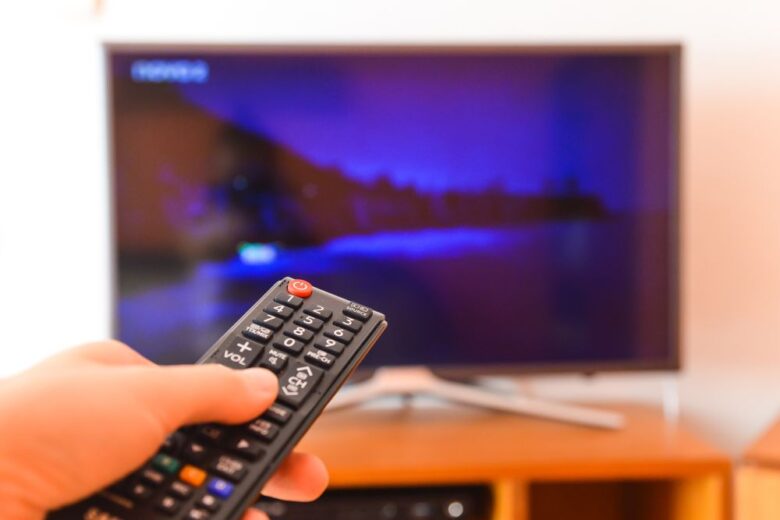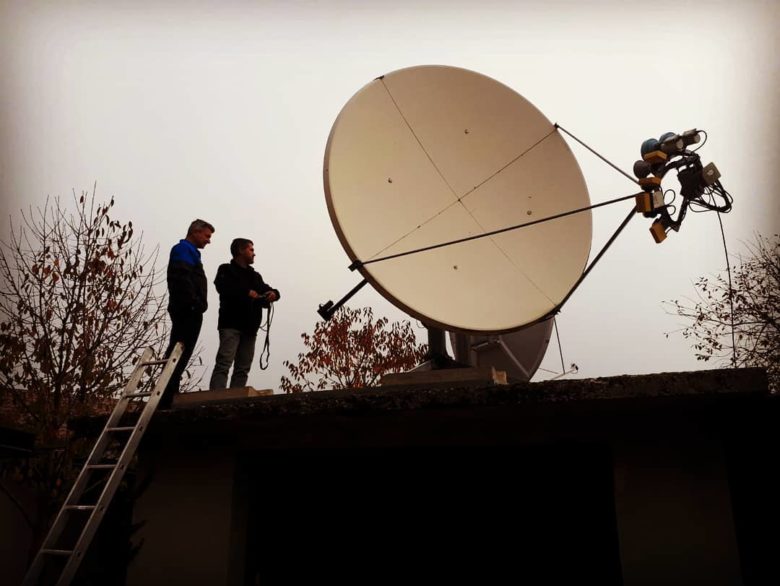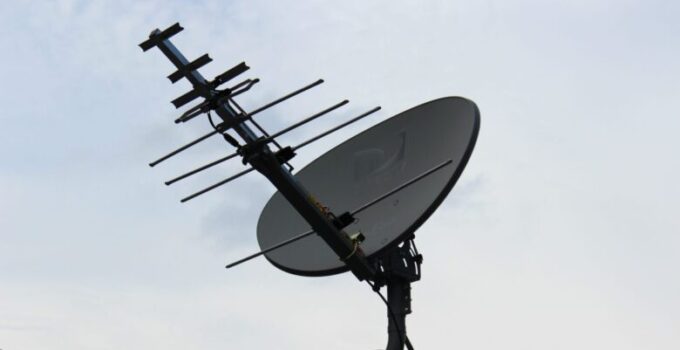The dilemma of choosing between satellite or cable TV has been going on for almost two decades, but this dilemma has to come to an end, especially during this COVID-19 lockdown. Everyone is at a self-isolation, and everyone is looking for the best possible entertainment. Going through hundreds of channels that do not provide any kind of new and fun content can get quite frustrating.
Since you are reading this article, you are probably one of the many people who are in the same situation, locked down at home without quality TV service. Thinking about changing cable companies or completely switching to a different type of broadcasting are the plans that make the most sense.
However, switching again to a new service that will provide you with poor quality image and content again is not the point. You probably want to make this switch once and for all. Something that is rich with all kinds of channels and something that provides high-resolution images.
To help you decide whether you should go for satellite or cable TV, here is a comparison guide for 2024.
Image quality

Img source: splendidcomms.com
One of the most important thing when subscribing to a brand new TV package is the image quality. What’s the point of having thousands of channels if they don’t look good at all and is tiring on the eyes, right?
In the past, the resolution of the content we received was not so important because most TVs couldn’t handle a resolution higher than 720p which is commonly referred to as standard HD. Today, however, most TVs in the market these last couple of days are 1080p (Full HD), 2k or even 4k. The higher resolution on your TV, the worse low-resolution content will look on your screen. For example, 720p videos on a 1080p TV is not the best, but it is also not the worst. But, put 1080p content on 4k television, and you will not even be able to watch more than fifteen minutes.
So, which service has an advantage in this aspect? The short answer is satellite. The long answer is a bit more complicated. The coaxial cable that is used as a standard by almost every single company that offers cable services has a limit of 720p. Everything above that is impossible. The fact is that most of the content that you will receive through the coaxial won’t even be 720p. The provider is able to send only a couple of channels at this resolution.
Satellites have a limit too, but it is higher than what cable can do. Most satellites can deliver high definition programming or in other words Full HD (1080p) content. Although, there has been some news about the possibility of 4k videos even through satellite connections. Keep in mind, there is still a long way before we see mainstream availability of such a feature. If the image quality is the biggest deciding factor for you, you can check out tayloraerials and install aerial TV in no time.
Location, location, location

Img source: emirates-stadium.com
Another very important factor for both of these services has to be your location. The fact is that not everyone lives downtown, in the suburbs or anywhere close to the center of the city. Many people live in rural or remote areas where access to a lot of things is restricted. For example, most cable companies will not be able to provide you with a connection if you are too far away from their offices.
However, satellite TV companies won’t have a problem setting you up with their equipment because satellites have connectivity all around the world, no matter where you are. With a big enough antenna, you will be able to intercept any kind of signal. This is another point for satellite TV.
Pricing
Pricing is another deciding factor. It is the factor that helps you determine whether giving those couple extra bucks every month is worth it for the features you will be getting.
Satellite TV companies generally have a bit more expensive fees than cable companies, but when you consider that satellites usually have better image quality and reliable connection, maybe that price is fair. Most basic channel packages start at around $45, but they do offer a bit more content than cable.
Cable companies are a bit cheaper, starting at $20 for the most basic package, but the number of channels is much lower. We should also mention that you are not obliged to sign a year-long contract with cable TV companies which can be an advantage.
Equipment and installation

Img source: bandt.com.au
These two services will require the installation of different types of equipment. For satellite, you will need a satellite dish that will go on your roof and a receiver box that will need to be connected to your TV. The installation process is usually done by professionals who are sent by the provider.
For cable, all you will need is the receiver box that is placed right next to your TV. However, your provider will still have to send professionals to deliver the connection to your home. This usually means that they will have to drill holes in your walls to pass through the cable.
The bottom line, we believe there isn’t a clear winner regarding this factor because both require a bit of work to set up. Although, the satellite dish placed on the roof can ruin your house’s aesthetics which is not something that everyone can handle.
Versatility

Img source: nydailynews.com
We don’t believe that this is the most deciding factor out of the bunch, but it doesn’t hurt to mention it. The receiver from your satellite TV provider can actually be reused even if you move. All you will need to do is set up the dish in your new home and that’s about it. While with cable, you will need to call the provider again to help you with the installation.
And that’s about it. These are the advantages and disadvantages of both of these services, but the final decision comes down to you. We hope that this article will help you make the right choice.




